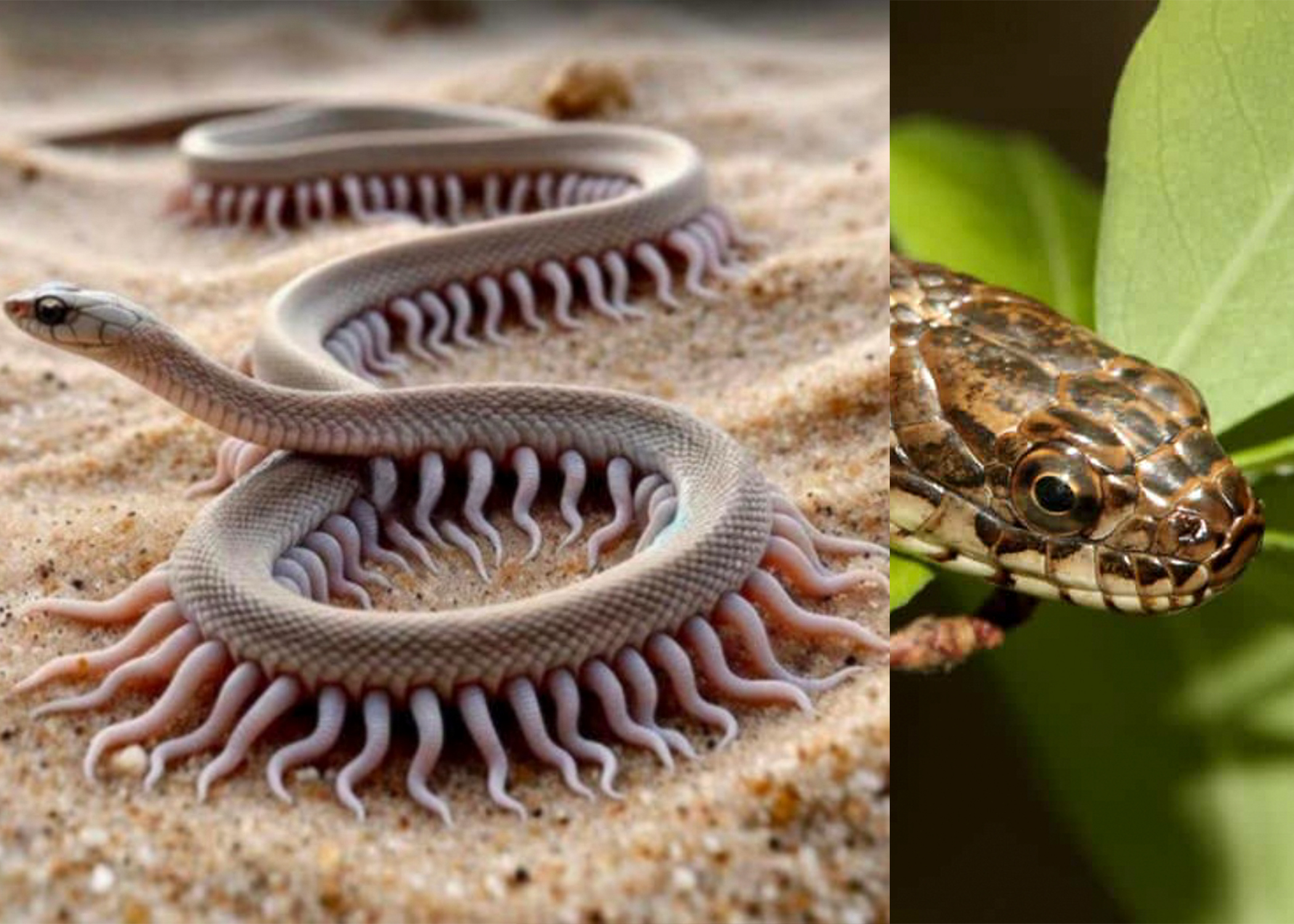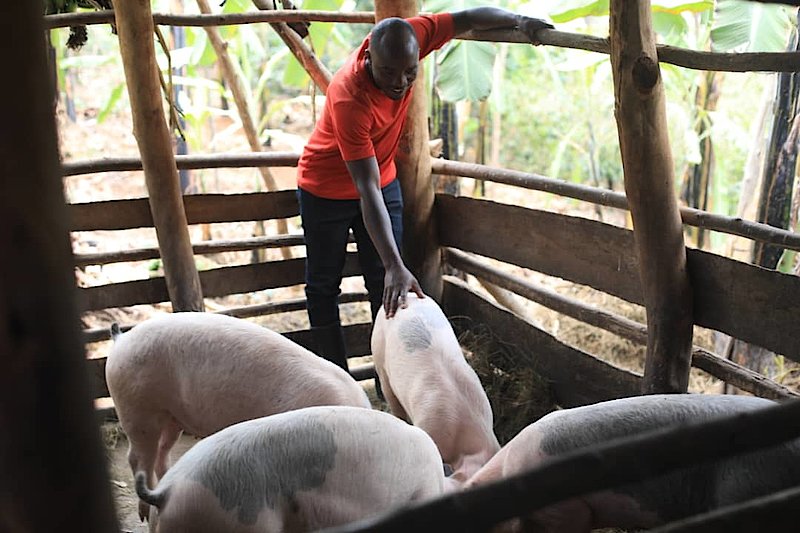The evolutionary journey of snakes: the incredible evolutionary ability of snakes to appear with so many legs surprises scientists, A snake that actually looks like many different snakes.
It sounds like a riddle. It sort of is. The Great Plains ground snake (Sonora Episcopa) is a shape shifter, taking on many different colors and patterns. It can have a single red stripe down the length of its body. Or black and white bands. Or red and black bands.
And sometimes, it’s solid brown to make matters more complicated, they can sometimes also have other distinct markings black spots on their head or around their neck like a collar.
As new research shows, it is these particular markings that are actually clues into their evolutionary history. Researchers from Florida International University (FIU) and the University of Michigan combined field work and genetic analysis to better understand what was driving the color variation in Great Plains ground snakes.
They found a process called mimicry, when one species evolves to look like another species it’s not even closely related to plays an important, Sometimes hidden role in this incredible diversity.
This new finding has important implications for understanding other species that once used mimicry, but don’t have mimetic traits anymore, Great Plains ground snakes are harmless.
They evolved to use mimicry as a form of protection by tricking their predators into thinking they are deadly, dangerous coral snakes.
They don’t always have the typical mimicry markings. It turns out, though, there’s a direct genetic link between the mimicry traits and other color variations that aren’t associated with mimicry.
They carry a record of their evolutionary history of mimicry one that is written on their bodies in the form of those black caps or collars.
“Mimicry seems to be an engine for biodiversity that drives color variation within species,” said Christian Cox, an evolutionary biologist in the FIU Institute of Environment and co-author of this study.
“The same type of selection behind mimicry could be important for driving diversity even in groups that don’t have those mimicry traits. For example, the black cap and collar aren’t mimicry traits, but they are genetically connected to the red and black bands that are seen in coral Snake mimicry.
“John David Curlis who worked with Cox as a master’s student and is now a Ph.D. Student at the University of Michigan working with professor Alison Davis Rabosky led the study.
He examined more than 1,200 snakes in the field and from museum collections. He documented the color variations, and then whether the black cap and collar were present.

He combined this information with genetic analysis to map how the different populations look different depending on where they live.In New Mexico, for example, there’s a population where the snakes have the red stripe.
Traveling south, there’s another population that mimics coral snakes. Even further south, there’s a group that’s solid brown. The same story is written across the landscape in other states, as well.
“One of the first questions people ask when they see an animal is, ‘Why does it look like that?’ It’s a very simple question, but it turns out it almost always has a very complicated answer,” Curlis said.
“That’s my motivation for doing this research, I want to better understand why animals look the way they do especially in systems where there is a lot of color variation”





